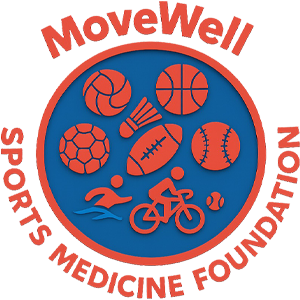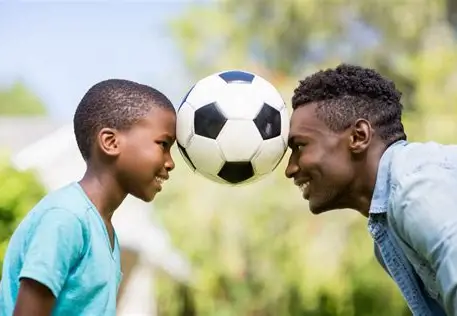The anterior cruciate ligament (ACL) is one of the most commonly injured structures in sports, especially in youth athletes who play high-impact or pivot-heavy sports like soccer, basketball, volleyball, and football. While ACL tears were once considered career-ending, today’s rehabilitation protocols allow most young athletes to safely return to play — if the recovery is managed correctly.
What Is the ACL, and Why Does It Matter?
The ACL is a key stabilizing ligament inside the knee joint. It controls rotation and prevents the shin bone from sliding too far forward. When torn (partially or completely), the knee becomes unstable — making sports like jumping, cutting, and twisting very risky.
ACL Injury in Young Athletes – Key Facts
• ACL injuries are rising in youth, particularly among female athletes
• Most ACL tears require surgical reconstruction
• Reinjury rates can reach 20–30% in youth who return too early
• Mental readiness is as important as physical readiness
Return-to-Play Is a Process – Not Just a Date
3 Essential Phases of ACL Recovery
Phase Focus Typical Timeline
Phase 1: Protection & Early Rehab Swelling control, range of motion, quadriceps activation 0–6 weeks post-surgery
Phase 2: Strength & Control Strength training, proprioception, balance 6–16 weeks
Phase 3: Sport-Specific Training Agility, jumping/landing drills, movement confidence 4–9 months
Return to play often takes 9–12 months, not the often-assumed 6 months.
Criteria for Safe Return to Play (RTP)
Returning to play should be criteria-based, not time-based. Key RTP benchmarks include:
1. Strength Symmetry
• Injured leg must have ≥90% strength compared to the uninjured leg (quads, hamstrings)
2. Functional Testing
• Hop tests (single-leg, triple-hop, crossover hop)
• Agility and reaction tests
• Movement quality (video analysis helpful)
3. Psychological Readiness
• Confidence in the knee
• No fear of reinjury (assessed by tools like the ACL-RSI Scale)
• Willingness to move explosively again
Special Considerations for Young Athletes
Factor Recommendation
Open growth plates Delay surgery if needed; risk of growth disturbance
Parental pressure Educate families about long-term risks of early return
Multisport youth Delay return to high-risk sports; focus on recovery first
Young athletes should not return just because a season is approaching — the knee doesn’t know the schedule, only the load.
Psychological Support Is Key
Rebuilding trust in the injured knee is critical. MoveWell recommends:
• Regular check-ins on fear or anxiety
• Mental coaching, if available
• Gradual exposure to game-like environments
Tips for a Strong Comeback
• Stick to the rehab plan — don’t skip steps
• Focus on landing mechanics and core stability
• Communicate openly with doctors, therapists, coaches, and parents
• Celebrate small milestones to stay motivated
Long-Term Health > Short-Term Glory
“Just because you can run doesn’t mean you’re ready to return to play.”
Rushing back too soon increases the chance of a second ACL tear — which could mean another surgery or even a permanent setback. A well-planned recovery builds not just stronger knees, but stronger, smarter athletes.




